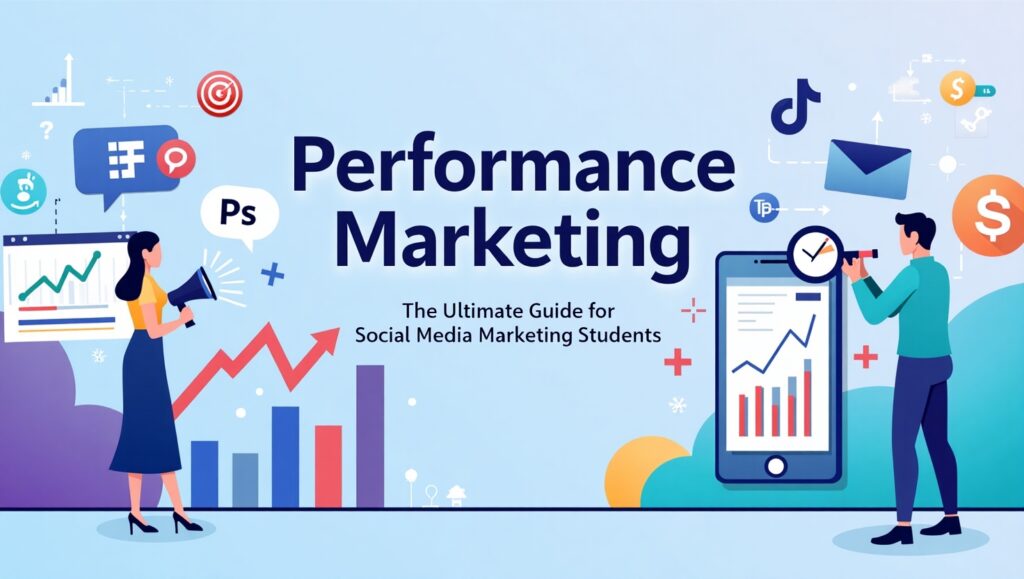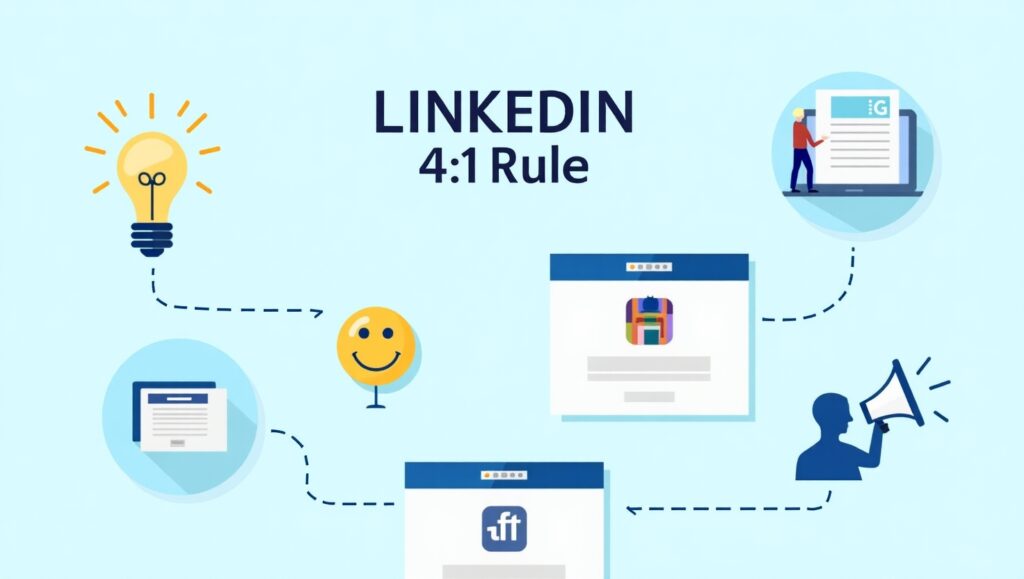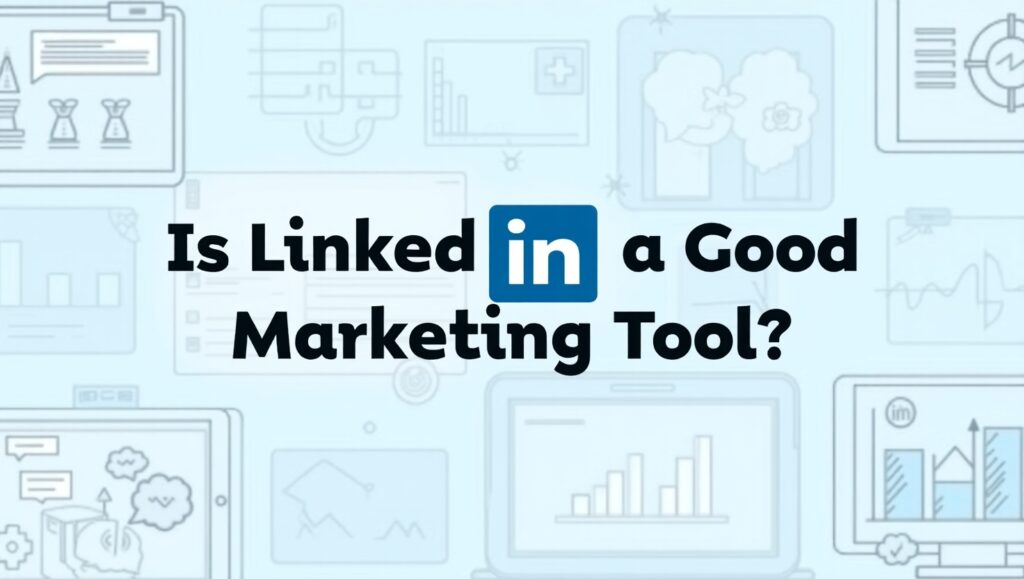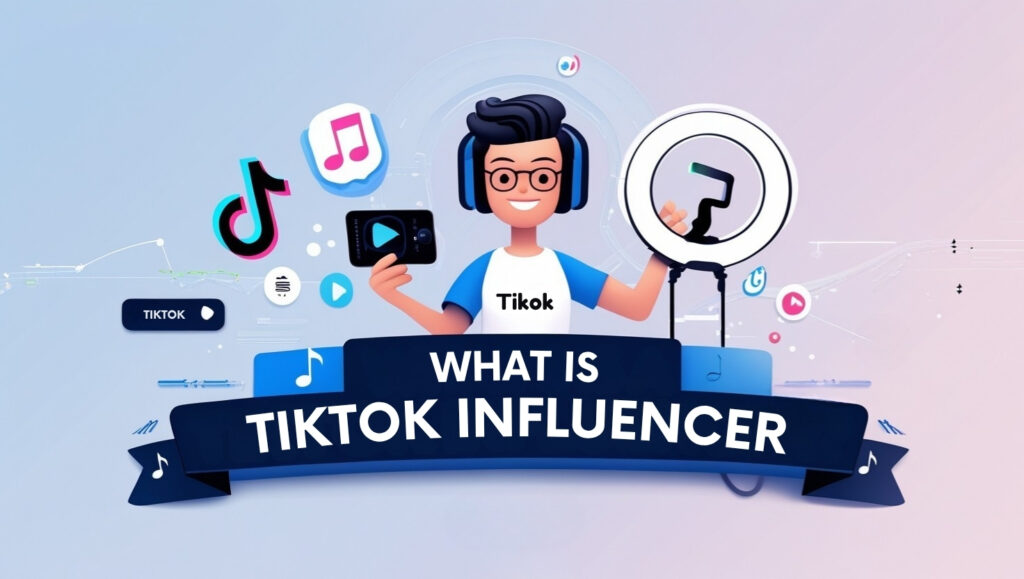How AI is Transforming Influencer Marketing Campaigns
Influencer marketing has matured from a fad to a vital digital marketing channel. However, in 2025, it is not only the influencers that are shaping this space—Artificial Intelligence (AI) is transforming how brands will discover, manage, optimize, and scale influencer campaigns. AI capabilities for analyzing and automating data is making Influencer Marketing Trends simpler and much more effective. In this piece, we will look at how AI is transforming every moment of influencer marketing including discovery and performance forecasting, to content creation, and compliance tracking. 1. The AI Revolution in Marketing Artificial Intelligence refers to the ability of a computer or other machine to simulate human intelligence or processes through the use of algorithms to process information, learn from information, and make decisions or predictions. AI is prevalent in influencer marketing primarily to automate repetitive tasks, provide insights that are actionable, and better track ROI with precision. With influencer marketing expected to reach $24 billion by 2025, AI isn’t just an option; it offers a competitive advantage. 2. Smarter Influencer Discovery Finding the right influencer used to be a lengthy, uncertain and complicated process. Today, AI discovery technologies are completely changing how brands search for creators who align with their mission and goals. AI is Helping Discovery in Several Ways: Advanced Filtering: With AI tools, it is possible to analyze engagement rates, follower demographics, content type, sentiment, and inauthentic followers. Persona Matching: Algorithms can match influencers with brand values, campaign goals, and audience segments. Look-a-like Discovery: AI can suggest similar creators based on successful engagements or engagement rates. Illustration: CreatorIQ and Upfluence employ machine learning to rank-and-score influencers based on fit and predicted performance. 3. Predictive Analytics & Campaign Forecasting One of the greatest contributions of AI is forecasting campaign performance data before one post has even been published. What AI can tell you: Why it matters: this affords marketers to make data-driven decisions, reduce risk, and set realistic KPIs based on the predictive performance models. Example: Influencity’s AI recommending which influencers will yield the highest ROI with campaign history and audience behaviours. 4. AI Content Creation & Automation AI is not only analyzing content, but generating content. From creating captions, images, and even deepfake videos, AI driven tools have never made it easier for influencers and brands to produce content at scale, faster than before. AI & Content Creation: This automation gives creative teams the capacity to focus on their strategy while AI handles the volume and consistency as opposed to human attention. 5. Dynamic Personalization at Scale AI allows brands to personalize influencer content across varying audience segments—without launching entirely new campaigns. How AI Personalizes Content: Example: AI software can create varying Instagram Stories for varying cities, featuring local influencers and local product availability. 6. Real-Time Monitoring & Sentiment Analysis Once a campaign is live, AI doesn’t idly stand by—it actively tracks each interaction. AI-Powered Monitoring Features: Sentiment analysis enables marketers to know not only how many people are discussing a campaign—but what they feel about it. Example: Tools such as Brandwatch or HypeAuditor utilize AI to mark posts that need immediate PR attention or posts that are creating a lot of positive buzz. 7. Fraud Detection & Authenticity Scoring Influencer fraud is no joke. AI detects creators who have purchased followers, faked engagement, or leave bot comments. AI Seeks Out: Outcome: Brands don’t waste budgets on fake influencers and concentrate on authentic voices that deliver authentic results. 8. AI-Powered Influencer Whitelisting & Ad Optimization Whitelisting enables brands to post paid ads across influencer accounts. AI enhances this process. How AI Can Benefit Whitelisting: Example: Meta’s Branded Content Ads and TikTok Spark Ads leverage AI for optimizing influencer content in paid campaigns, dramatically enhancing ROI. 9. Performance Measurement & Attribution Influencer marketing ROI has always been difficult to prove—but AI is bridging the gap between content and conversions. AI Increases Attribution By: Tools to Watch: Affable.ai, GRIN, and Captiv8 provide premium performance dashboards driven by AI. 10. Virtual Influencers: The Future Is Now AI-created influencers such as Lil Miquela, Noonoouri, or even fully personalized brand avatars are on the rise. These virtual influencers are driven exclusively by machine learning and digital creation. Why Brands Love Virtual Influencers: Example: Prada, Samsung, and Puma have tried virtual influencers to target Gen Z audience. 11. AI in Influencer Contracting & Compliance AI is also enhancing legal and ethical practices of influencer marketing. Intelligent Contracting Features: Compliance Checkers: Platforms such as Lumanu and CreatorIQ now feature AI blocks that check influencer posts for omitted #ad or #sponsored taggings. 12. Challenges & Ethical Considerations Although AI offers extraordinary benefits, it’s not all roses: Use of AI responsibly will be vital as the capability has been more widely adopted. Conclusion: The Future of Influencer Marketing is AI From discovery to conversion, AI is streamlining the influencer marketing process. AI gives brands the power to make better decisions, produce better quality content, and analyze actual results. As this technology becomes commonplace and more sophisticated, marketers that leverage it will enjoy a significant edge. Although AI may elevate strategy and effectiveness, marketing needs the human component. Trust, originality, and authenticity – the basis of influencer marketing, cannot be replaced. Most successful campaigns in 2025 and beyond will involve AI optimization taking place upon the human mental quotient.










